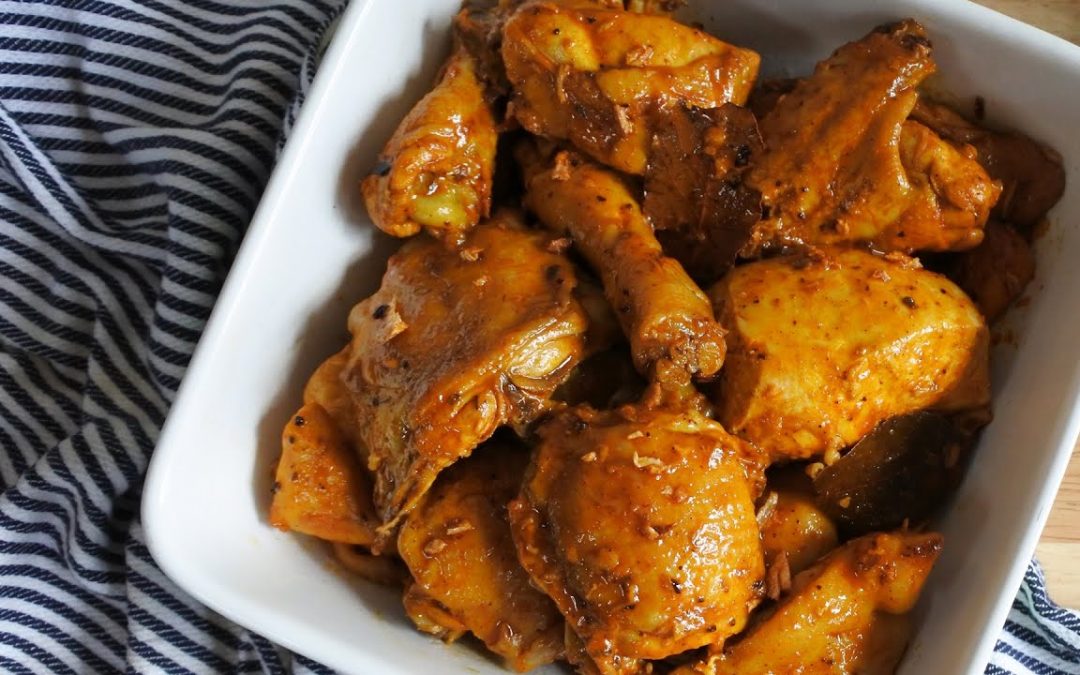
Last July 9, the Department of Trade and Industry (DTI) said in a press statement that it has formed a technical committee aimed at developing national standards for Filipino dishes to establish a common ground among businesses. The Bureau of Philippine Standards (BPS), which is under DTI, established the BPS/TC 92 that will determine baseline recipes for popular Filipino dishes, such as adobo, taking into consideration the regional variations in cooking procedures. As reiterated, these are not mandatory and would only define what we shall promote internationally. They will serve as the “common denominators among all the known ways of cooking the dishes,” to help “preserve the country’s cultural identity despite the variations made to it.”
According to BPS Director Neil Catajay, “standardizing the basic cooking technique for Philippine adobo will help ordinary citizens, foodies, and food businesses determine and maintain the authentic Filipino adobo taste.”
In a webinar, chef Robby Goco, chief and vice chair of the DTI BPS, tried to clear things out.
“We knew that with adobo, we were going to give out the most basic recipe. We’re not going to touch everyone’s adobo,” he said. “It’s protein, local vinegar, garlic, salt and pepper. Now, whatever you add to it, bahala ka na. It’s really just to let the whole world know what’s the difference between adobo, paksiw, humba and asado.”
One thing is for sure, it will not tell people which is the better one. With so many variations of the beloved dish, boiling things down to a single recipe would definitely dilute what makes Filipino cuisine diverse. Instead, we should embrace the regionality of our food and celebrate it. We do so by featuring three adobo recipes that differ in flavour and color.
Adobong Pula
Ingredients:
4 tablespoons cooking oil
2 teaspoons annatto seeds
500 grams chicken parts
6 cloves garlic, minced
1 medium onion, chopped
3/4 cup vinegar
3 tablespoons soy sauce
1/2 cup water
2 teaspoons whole peppercorns
3 pieces bay leaves
In a pan over medium heat, combine oil and annatto seeds. Stir for the oil to turn into a red-orange hue. Add garlic and onions. Saute. Sear chicken in oil until lightly browned. Pour vinegar, soy sauce and water. Add peppercorns and bay leaves. Simmer for about 20 minutes, covered/ Take the lid off, and cook for 5 minutes more or until sauce has reduced and thickened. Adjust seasoning.
Adobong Puti

Ingredients:
500 grams chicken parts
6 cloves garlic, crushed
3 bay leaves
2 teaspoons whole peppercorns
1 cup white vinegar
2 cups water
salt and pepper, to season
In a pot over medium heat, place all ingredients. Bring to a boil then let simmer covered for 25-30 minutes. Take the lid off, and cook for 5 minutes more or until sauce has reduced and thickened. Adjust seasoning.
Adobong Dilaw

Ingredients:
3 tablespoons canola oil
5 cloves garlic, minced
1 medium onion, chopped
2.5-cm knob luyang dilaw, chopped
500 grams chicken parts
1 tablespoon fish sauce
1/2 cup vinegar
1/2 cup water
1 bay leaf
1 teaspoon whole black peppercorns
In a pan over medium heat, pour oil. Sauce garlic, onion and laying dial until oil gets a yellow hue. Sear chicken in oil until lightly browned. Pour fish sauce. Cook until golden. Pour vinegar and water. Add bay leaf and peppercorns. Bring to a boil then reduce to a simmer. Cook, covered, for 15 minutes. Take lid off and cook for 5 minutes more or until sauce has reduced and thickened. Adjust seasoning.


Recent Comments